Moroccan cuisine is a delightful fusion of flavours, aromas, and textures. With influences from Berber, Arab, Andalusian, and French traditions, Moroccan dishes are a testament to the country’s cultures and history. Whether you’re a seasoned foodie or someone just starting to explore African cuisines, Moroccan food offers a sensory adventure that’s hard to resist.
Spices and Aromas
At the core of Moroccan cuisine lies an impressive array of spices. Cumin, coriander, saffron, cinnamon, and ginger are just a few of the spices that create the unique flavour profiles of Moroccan dishes. Ras el Hanout, a complex blend of over a dozen spices, is a staple in many recipes and is a must-try for anyone looking to recreate authentic Moroccan flavours at home. Fortunately, premixed Ras el Hanout is readily available in many stores. These spices are often combined with fresh herbs like coriander and parsley, adding depth and freshness to the dishes.
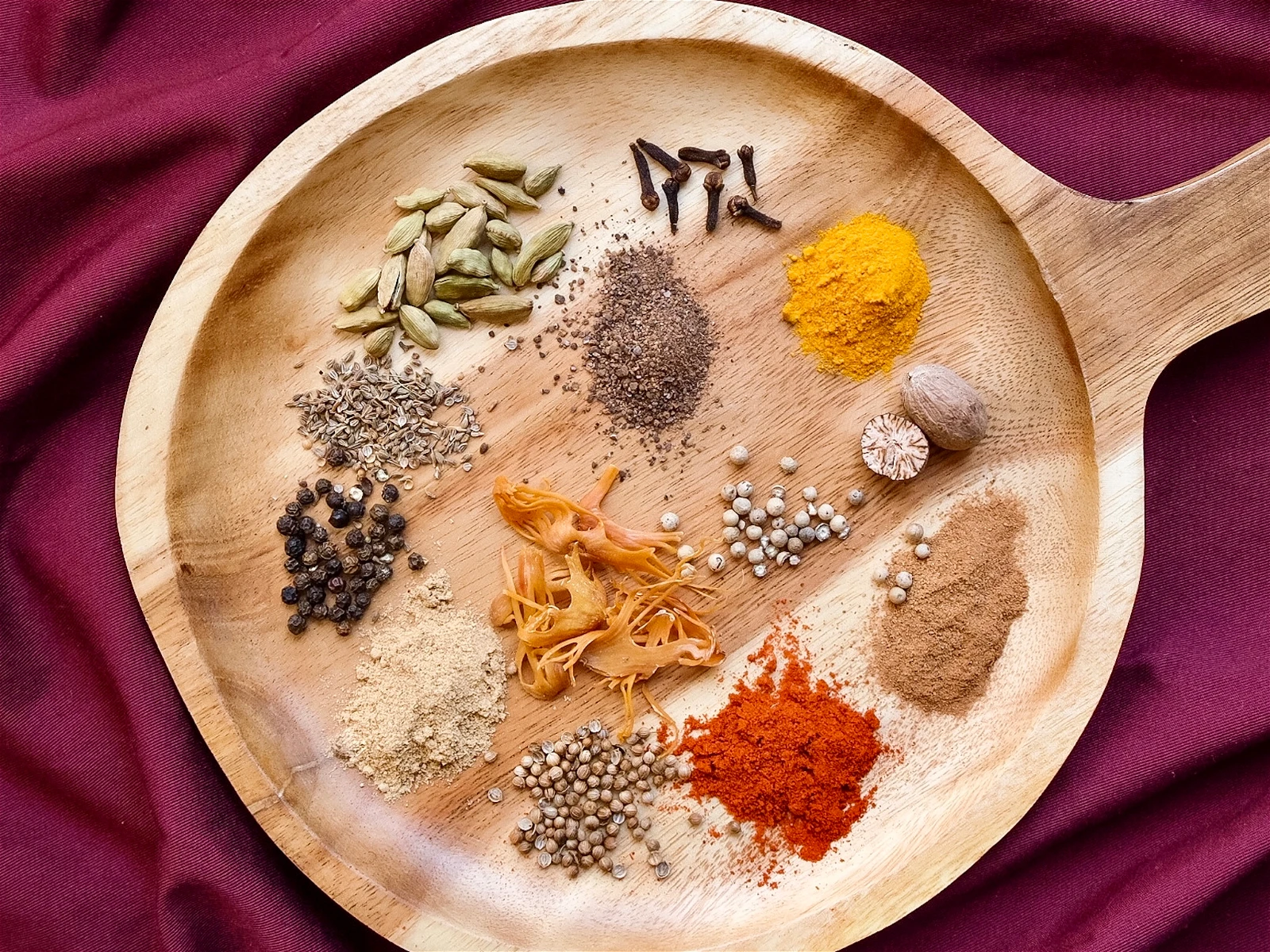
Tagine
No conversation about Moroccan cuisine is complete without mentioning the iconic tagine. Named after the earthenware pot it’s cooked in, a tagine is a slow-cooked stew that combines meat (often lamb or chicken), vegetables, dried fruits, and a medley of spices. The result is a tender, flavourful dish that’s perfect for sharing. Popular variations include chicken with preserved lemons and olives, and lamb with prunes and almonds. The conical shape of the tagine pot allows steam to circulate during cooking, ensuring the food remains moist and full of flavour.
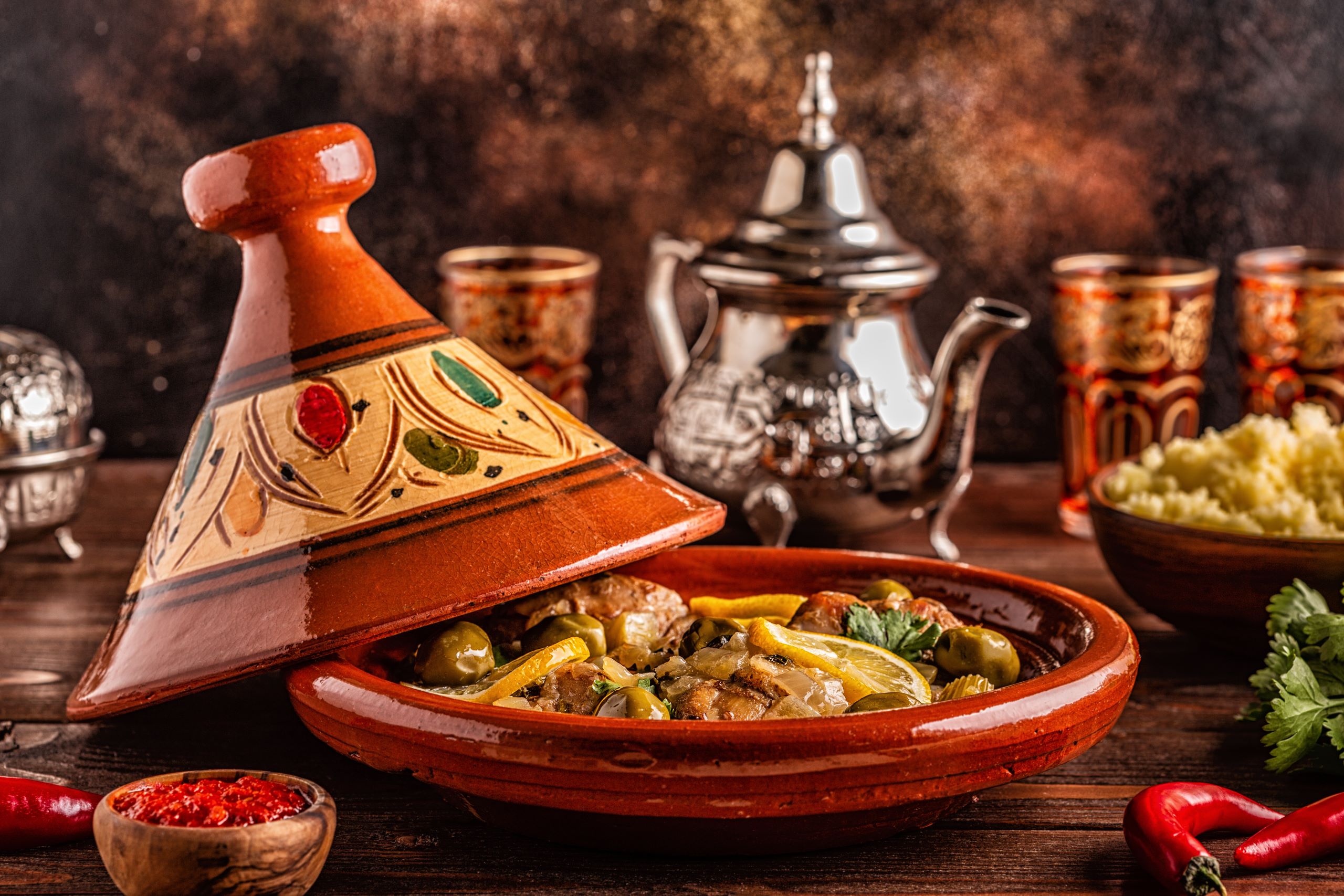
Couscous
Couscous, often referred to as the national dish of Morocco, is a versatile and fluffy grain made from steamed semolina. Traditionally served with a stew of meat and vegetables, couscous is a staple in Moroccan households. The grains are light and airy, providing the perfect base for absorbing the rich and savoury flavours of the accompanying stew. Friday is often the day Moroccans eat couscous, bringing families together to enjoy this communal dish.
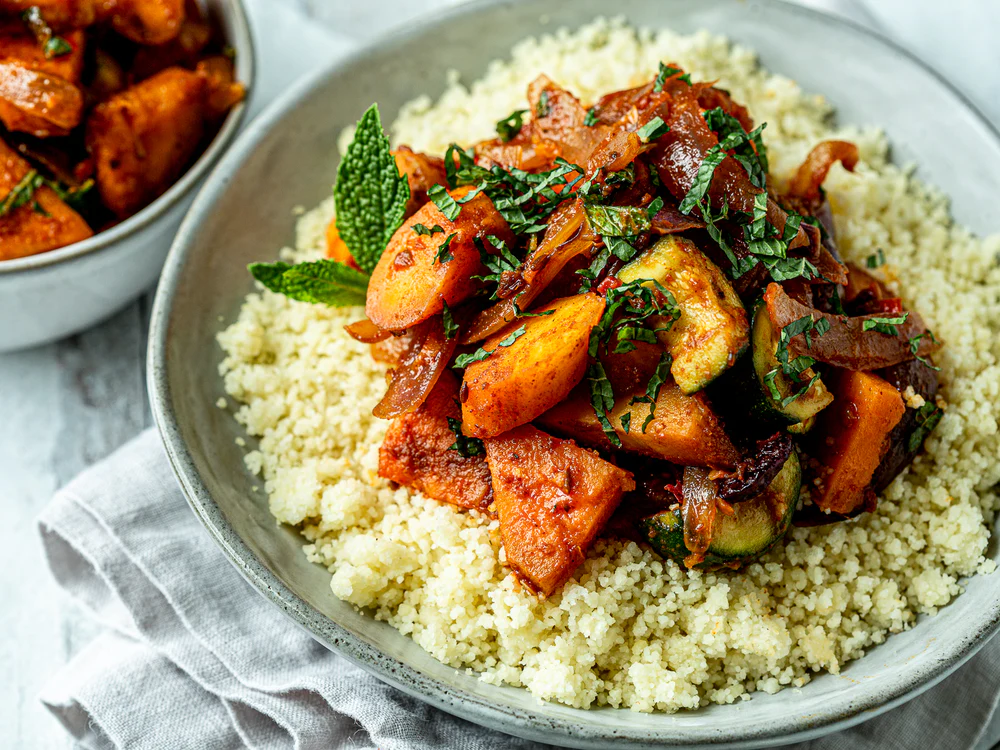
Harira
A favourite during Ramadan, Harira is a hearty soup made with tomatoes, lentils, chickpeas, and a mix of fresh herbs and spices. Often enjoyed as a starter, this soup is both nourishing and delicious, making it a comforting dish for any time of the year. Harira is typically served with dates and a squeeze of lemon, adding a delightful contrast of flavours.
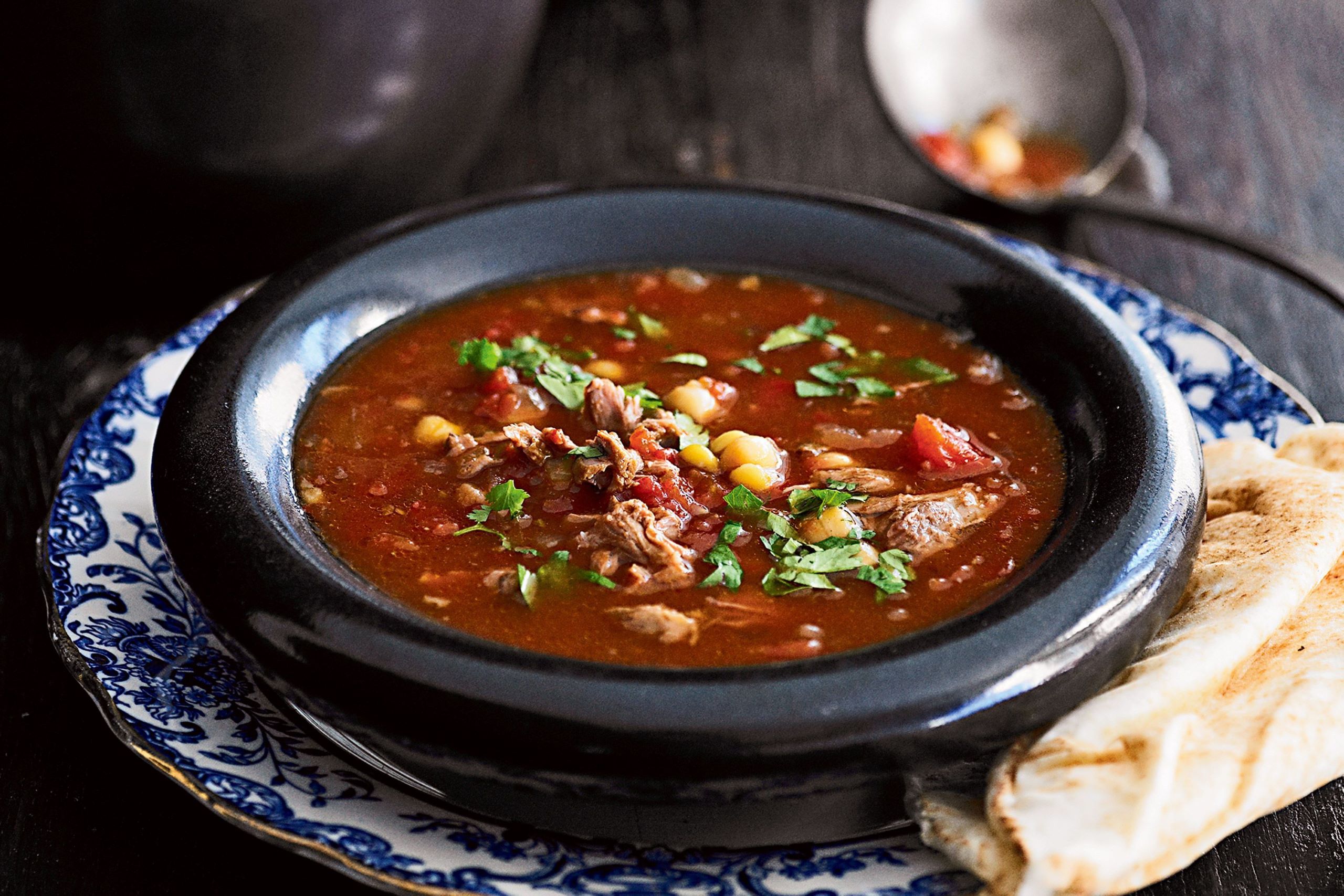
Pastilla
Pastilla is a unique Moroccan pie that perfectly balances sweet and savoury flavours. Typically made with pigeon (though chicken is a common substitute), the filling is spiced with cinnamon and saffron and encased in layers of thin, crispy pastry. The pie is then dusted with powdered sugar and cinnamon, creating a distinctive and delectable dish that’s sure to impress. It’s often served at special occasions and celebrations, showcasing the intricate and festive nature of Moroccan cuisine.
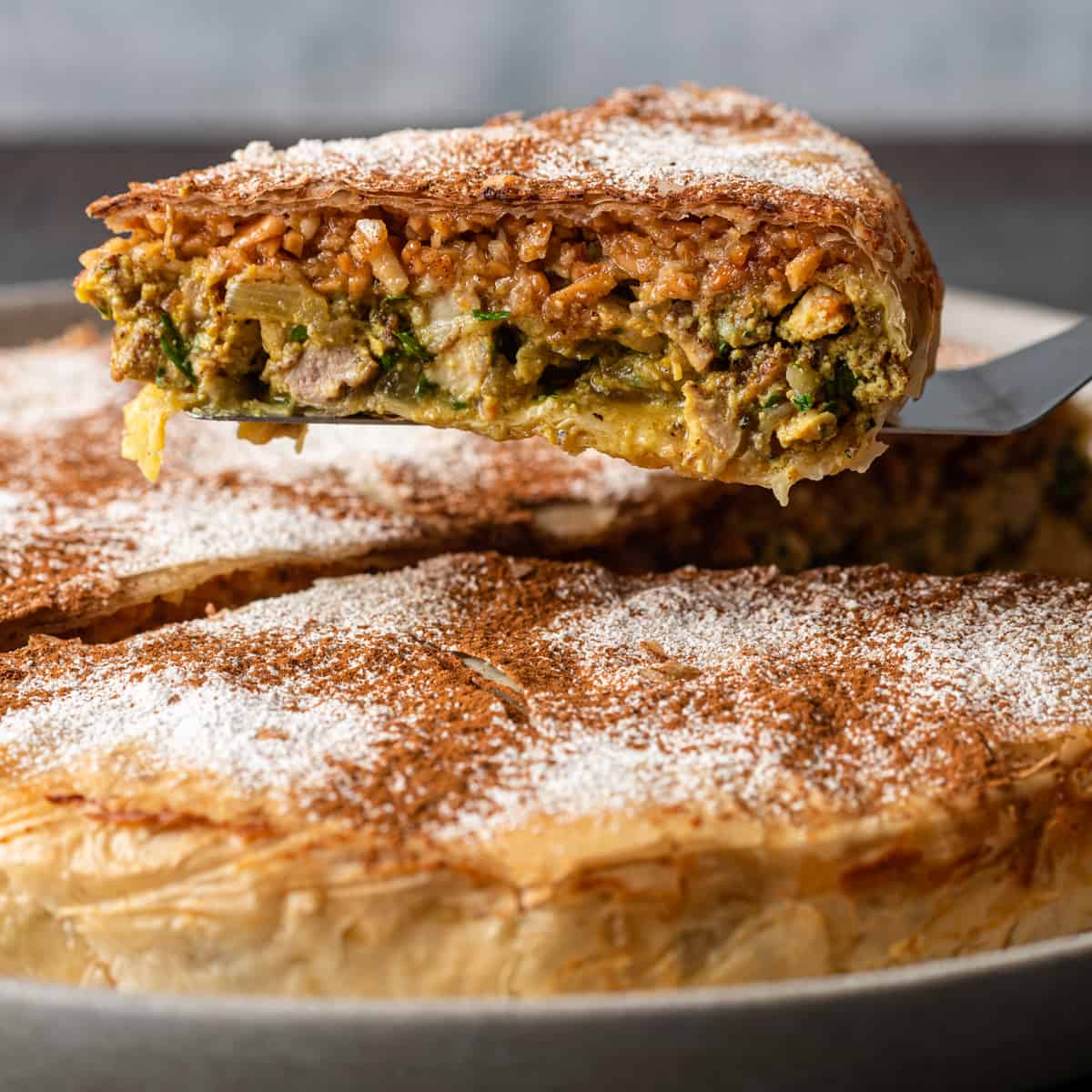
Moroccan Mint Tea
No Moroccan meal is complete without a refreshing cup of mint tea. Known as “Moroccan whisky,” this sweet and fragrant tea is made with green tea, fresh mint leaves, and plenty of sugar. Served in ornate glasses, the tea is poured from a height to create a frothy top, symbolising hospitality and tradition. The preparation and serving of mint tea is an art form in itself, reflecting the importance of tea in Moroccan social life.
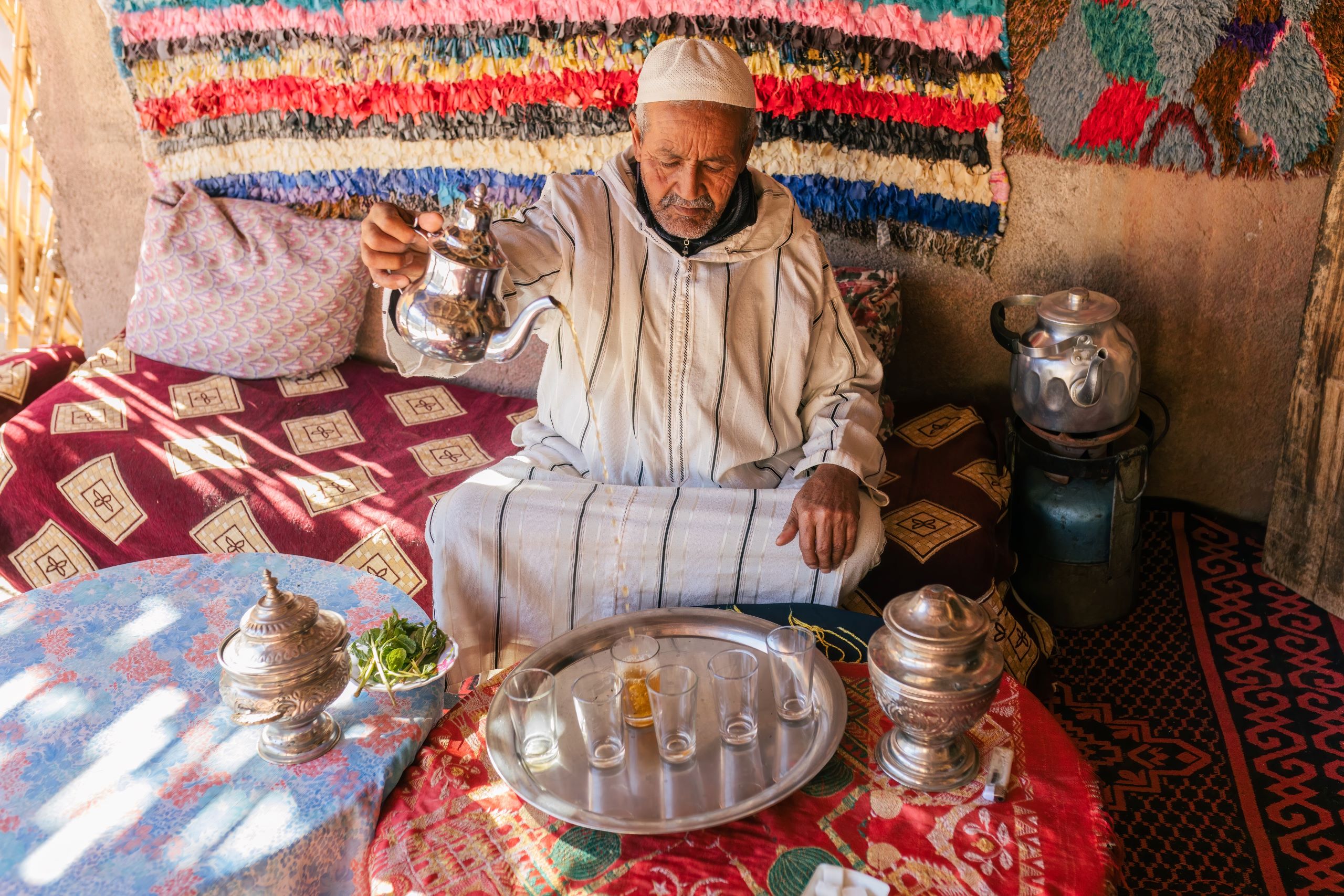
Bringing Moroccan Cuisine to Your Kitchen
One of the best ways to experience Moroccan cuisine is to try making some dishes yourself. Start with a simple tagine or couscous, and don’t be afraid to experiment with spices. Many Moroccan ingredients, like preserved lemons and argan oil, are now widely available in supermarkets and online. So, gather your ingredients, invite some friends over, and embark on a flavourful journey that will leave your taste buds dancing with delight. Bon appétit, or as they say in Morocco, “Besseha!”

